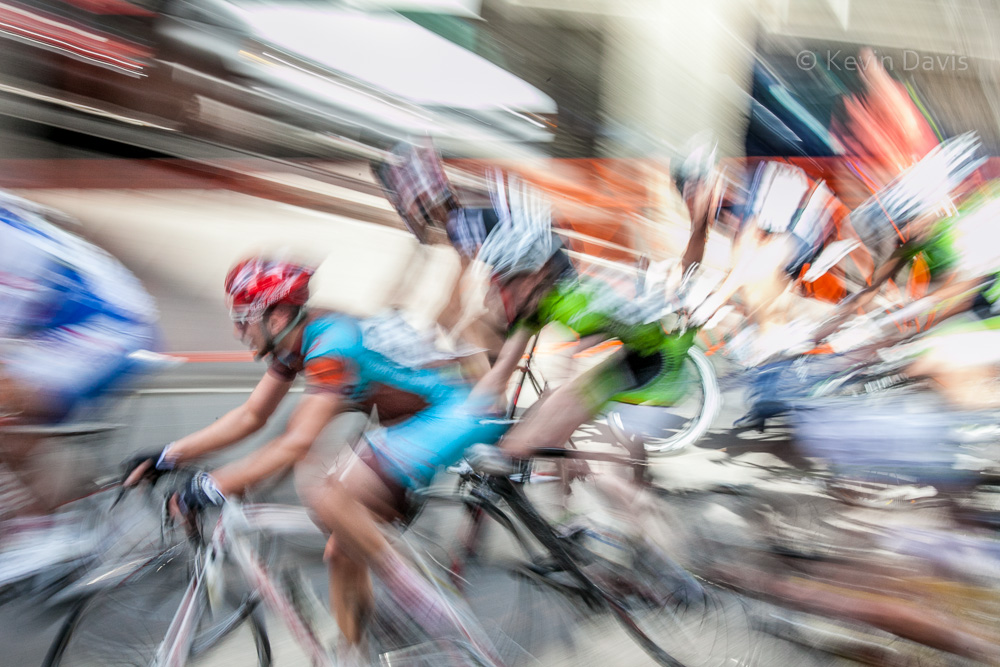If you have a set of images, is that a gallery or a portfolio? To my thinking a gallery can be any set of images, they need not even be related in any strong way. In contrast, a portfolio is a very closely edited collection of 20-30 images, your very best.
A portfolio can be presented in many ways, but foremost in my mind are these four: contained in a book, individual prints, digitally on a web site, or digitally on a tablet computer. Today, a professional photographer probably needs at least two of these four. Most recently, I have been working on a print portfolio. The last time I did this was years ago. (I should probably burn those old prints because they cannot hold a candle to my recent work.)
The last time I created a print portfolio, the prints were all made on chromogenic paper … chemically treated paper that is light-sensitive and processed with chemicals to permanently fix the image onto the paper. These types of prints are still very common, can be very inexpensive, and can create stunning images. The image can be projected onto the paper either using traditional film enlargers or digital enlargers, such as a LightJet. Chromogenic prints are continuous tone, unlike inkjet/giclée prints.

For my new portfolio, I am employing only giclée (a.k.a. inkjet) prints. These types of prints offer far more options with regard to the paper. There are dozens of paper manufactures, each offering a variety of surfaces, textures, and contrast characteristics. It’s all very confusing. Photographers, who print often, have experience with several papers and have learned a few favorites for different types of images. But that’s not me.
After a ton of research, I selected a specific paper and a lab that offered this paper at a reasonable price. But before uploading my images to a print lab, I thought to check the image via soft proofing. Because printed images are dramatically different than images displayed on a computer monitor, soft proofing is a software feature that compensates for paper and ink, then shows on a computer monitor an approximation of what the print will look like. I downloaded a color profile specifically for the paper I had intended to use, then displayed the soft proof using Adobe Lightroom. The result was absolutely awful. My best efforts were not enough to make the image look good, and I ultimately abandoned the paper, did more research, and selected a different paper.
Very briefly, let me say that a single print 11×14” or 8×12” can cost anywhere from $13 to $60, depending upon the particular lab, how much personalized care they give to each print, and the particular paper you choose. (If you buy multiples of the same print, the additional copies typically cost less than the price for the first one.) Compare this to a print on chromogenic photo paper, which might cost only $4 to $15.
When I began to place my order for prints, they informed me that my preferred paper was no longer available. Again, I returned to research and selected a third paper. Because the lab offered a specific set of papers, I limited myself to just those papers that this lab supported. Having already uploaded my images to the lab, I spoke directly with someone at the lab, to confirm that my paper choice was right for these particular images. (Specifically, I did not want glossy or matte, but rather something in between that would provide very good color saturation and contrast.) Unfortunately, the lab also informed me that the prices advertised on their web site had all been changed recently (they had neglected to update the web site). Despite the paper changes and price increases, I chose to stick with this particular lab rather than go back to research and look for another lab that might possibly be less expensive.
More to come . . . .
Pingback: Photography Portfolio – part 2 | Kevin Davis Photography